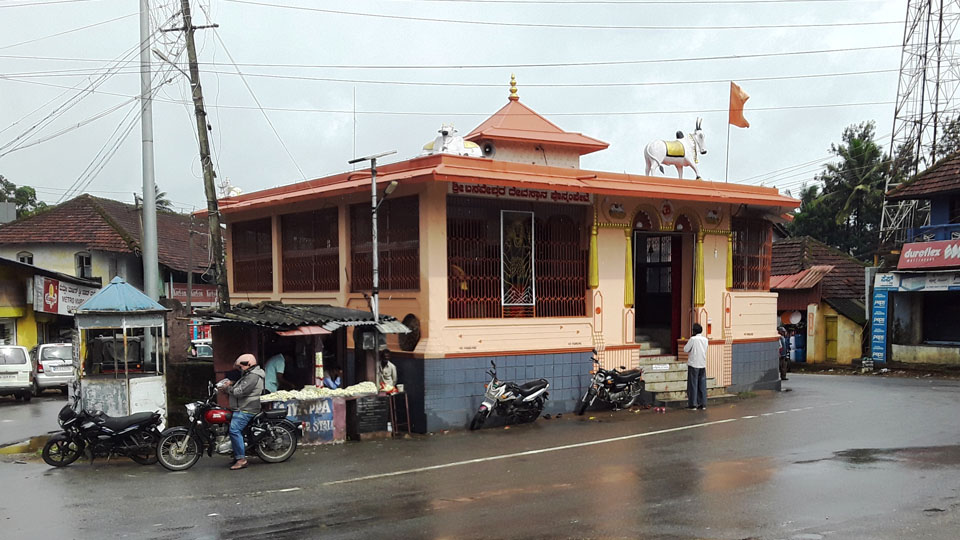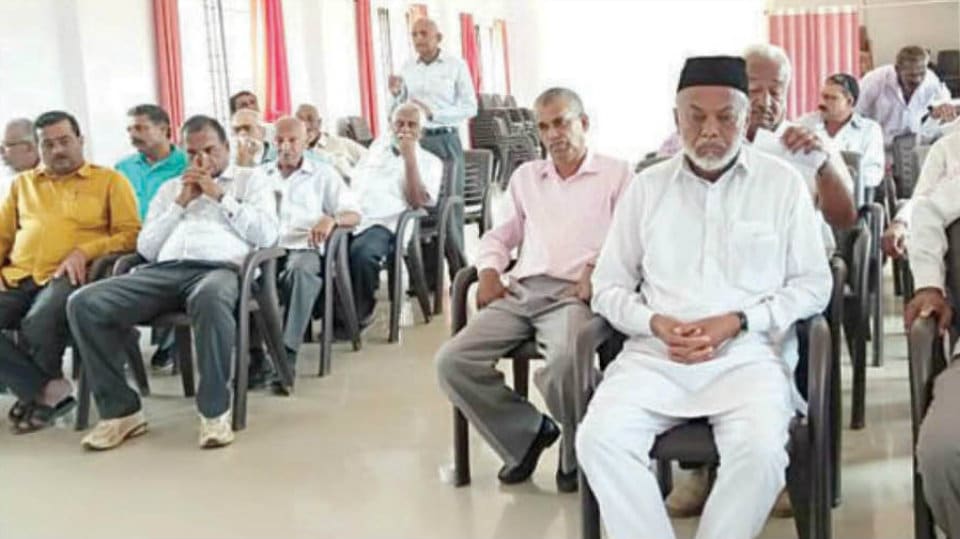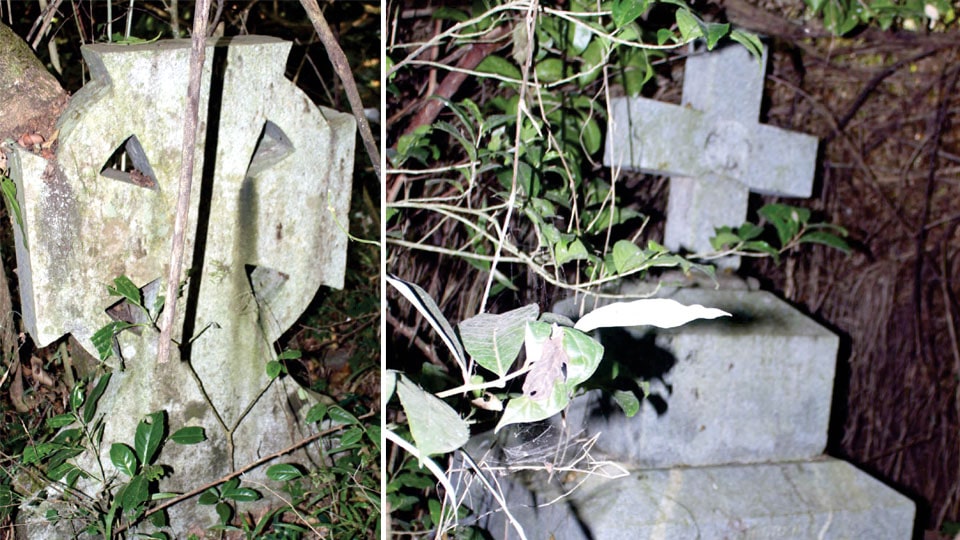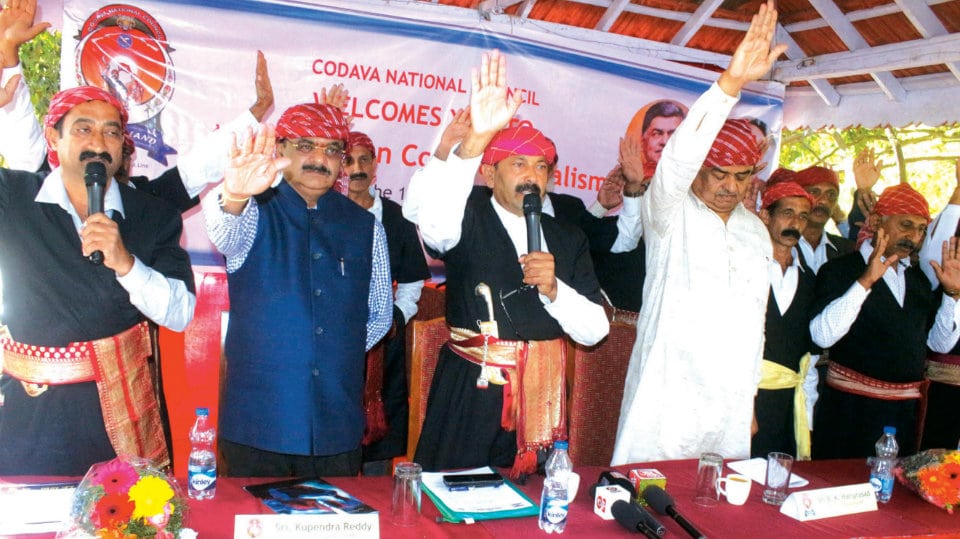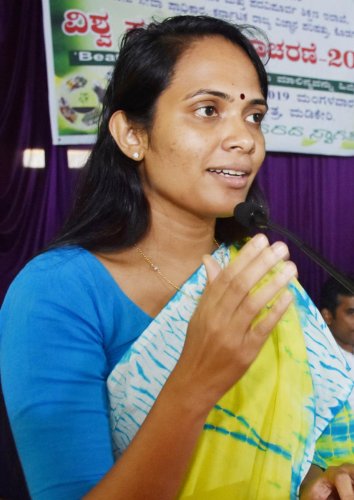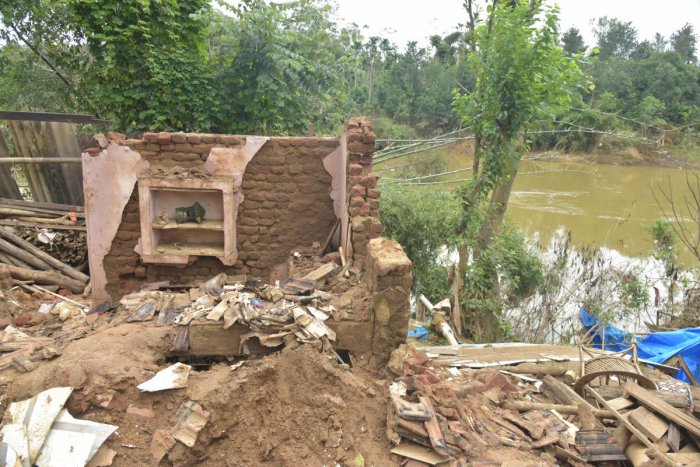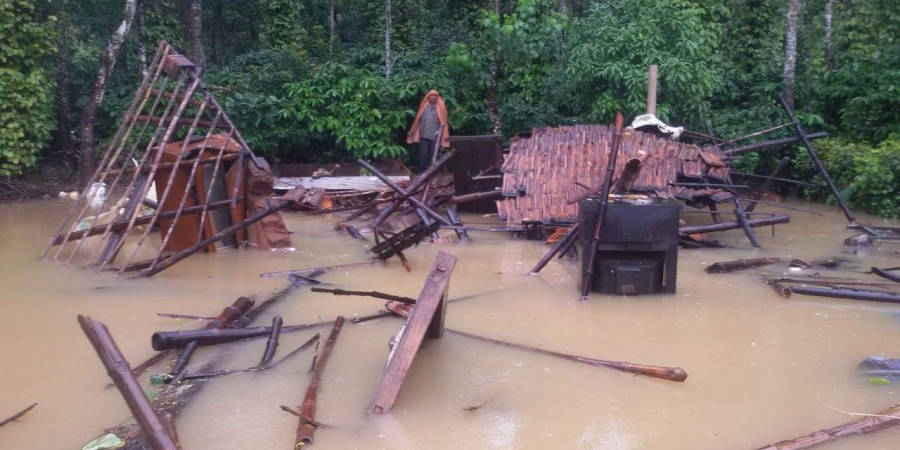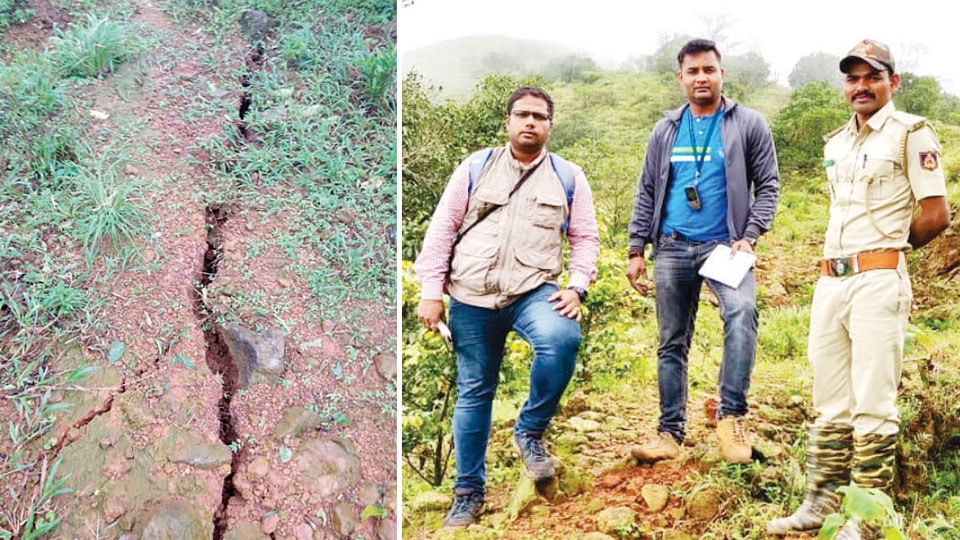Ponnampet:
Over a year after the announcement of the formation of Ponnampet taluk in Kodagu district, the State Government in a notification issued on July 3, has officially notified Ponnampet as a new taluk under the Karnataka Land Revenue Act.
The previous JD(S)-Congress Coalition Government, headed by H.D. Kumaraswamy, had announced formation of Ponnampet taluk by carving out Virajpet taluk and Kaveri taluk (Kushalnagar) by carving out Somwarpet taluk in Kodagu district in February last year and the current BJP Government has issued the notification for Ponnampet taluk after no objections or suggestions were received by the State Government.
The new Ponnampet taluk comprises four hoblis with the inclusion of 49 villages bifurcated from Virajpet taluk. The four hoblis are Ponnampet, Balele, Srimangala and Hudikeri.
With the notification of the new Ponnampet taluk, Kodagu district will now have four taluks — Madikeri, Somwarpet, Virajpet and Ponnampet.
Meanwhile, Virajpet taluk, from which the new Ponnampet taluk has been carved out, will now have 20 Village Accountant Circles having 59 villages.
Ponnampet Taluk
Boundary details — East: Hunsuru taluk of Mysuru district; West: Virajpet taluk; North: Piriyapatna taluk of Mysuru district; South: Kerala State.
Following is the list of Circles (Hoblis) and Villages that constitute new Ponnampet taluk:
Ponnampet hobli:
Halligattu, Huduru, Aravathoklu, Muguttageri, Kuttandi, Kongana, B. Shettageri, Kundha, Echooru, Hathuru, Kaikeri, Athuru, Nallukote, Hebbale, Bhadragola, Devamachhi Forest, Arakeri Forest-I, Arakeri Forest-II, Arakeri Forest-III, Nokya, Siddapura, Mayamudi, Balaji, Kiruguru, Mathuru, Koturu, Bekkesodluru, Kanooru and Nidugumba.
Balele hobli:
Balele, Devanuru, Hathugattu Forest, Nitturu, Kottageri, Besaguru, Biluru, Nalluru, Dhanugala and Rudrabeedu.
Srimangala hobli:
Kumaturu, Srimangala, Nalkeri, Kothuru, Nalkeri Forest, Badaga, Kutta Thaila, Manchalli, Kurchi, Biruga, East Nemmale, West Nemmale, T. Shattigeri, Tavalageri and Harihara.
Hudhikeri hobli:
Hudhikeri, Konageri, Beguru, Chinivada, Mugutageri, Nadikeri, Chikkamanduru, Thuchamakeri, Balyamanduru, Belluru, Hysodluru, Badagarakeri, Poradu, Teralu, Parakatageri and Birunani.
Virajpet Taluk
Boundary details — East: Piriyapatna taluk of Mysuru district; West: Madikeri taluk; North: Somwarpet taluk; South: Kerala State.
Following is the list of remaining Circles (Hoblis), Village Accountant Circles and Villages that constitute Virajpet taluk, after formation of new Ponnampet taluk:
Virajpet hobli:
Chembebelluru – Kukluru, Imangala Chembebelluru, Devanageri, Maggula, Pudakote, Bellarimadu; Bittangala – Bittangala, Balgodu, Ambatti, Nangala; Kandangala: Rudraguppe-I, Kandangala, Rudraguppe-II, V. Badaga; Betolli – Heggala, Arji, Betolli; Kedamulluru – Kottolli, Kedamulluru, Palangala; Kadanuru – Kadanuru, Arameri; Bellumadu – Bellumadu, Kunjalageri, Kadangamaruru; Kakotuparambu – Nalkeri, Mytadi.
Ammathi hobli:
Ammathi – Ammathi, Puliyeri; Siddapura – Siddapura, Karadigodu, Chikanahalli, Guhya; Maldare – Maldare, Kodagu Srirangapatna; Chennayyana Kote – Chennayyana Kote-I, Chennayyana Kote-II, Chennangi, Chennangi Mudabilu, Chennangi Gudluru; Badaga Banangala – Badaga Banangala; Mekuru Hoskeri – Mekuru Hoskeri; Hosuru – Bettageri, Hosuru, Hollalakukke; K. Bigodu – Kalathmaadu, Kollathodu-Bigodu; Bilugunda – Bilugunda, Nalavathoklu, Hosakote; Kavadi – Karmadu, Kavadi, Kumberi; Halugunda – Byrambada, Halugunda; Kannangala – Hachinaadu, Yaduru, Kannangala.
source: http://www.starofmysore.com / Star of Mysore / Home> News / July 07th, 2020
